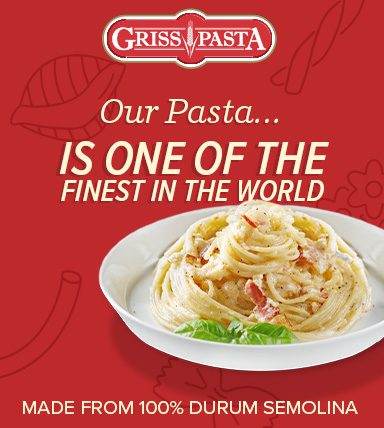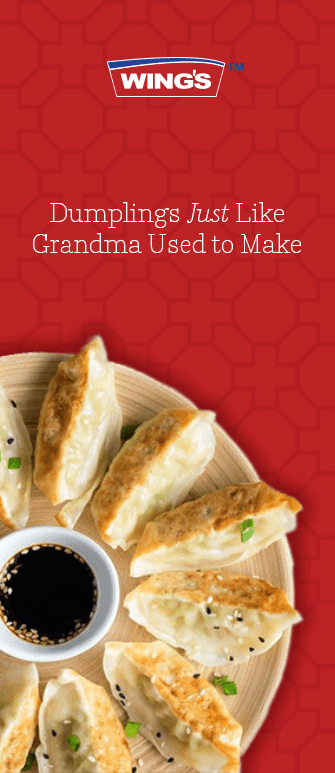Canadians long for the sight, sound, smell and taste of the sea no matter the season or how close they are to the coast. Seaworthy operators are reeling in these customers with menu options using frozen seafood. Are you?
Make waves with seafood options
Chef Philman George is the corporate chef for High Liner Foodservice, which is on a mission to remind everyone just how healthy, versatile and tasty seafood is.
Chef Phil knows seafood; with both parents hailing from Barbuda, he naturally learned to appreciate seafood at a young age. “My goal is to place craveable seafood on your menu and help you generate more profit. I work closely with operators to help them succeed and reach their full potential with seafood offerings.”
Why seafood on your menu?
- Seafood drives traffic. Customers tend to order food they can’t easily make or don’t like to cook at home. Most Canadians are simply not that comfortable with creating a quality seafood meal and prefer a restaurant curated seafood experience.
- Seafood increases profits. Seafood plays a critical role in maximizing profits and increasing customer satisfaction. Profitable operations frequently use seafood such as shrimp to upsell and pair with other proteins to ensure that no money is left behind. “Would you like some garlic & herb shrimp to go with your steak/salad?”
- Customers crave seafood. Coming out of the pandemic, customers stated that seafood is a highly craved item – the second most highly missed restaurant dish, according to Datassential.
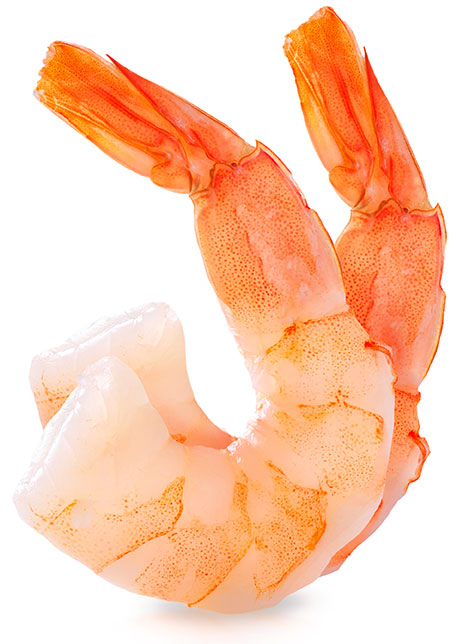
Rocking the boat on frozen seafood misconceptions
Foodservice operators need to add the word “fresh” when they think about frozen seafood.
Chef Phil explains: “I’ve hosted many presentations surrounding the benefits of frozen seafood. I often start by asking the attendees, ‘what is the opposite of fresh?’ Over 90% of the participants answer with ‘frozen.’ There is a perception that frozen cannot be fresh.”
“Significant advancements in freezing technology allow seafood to be flash frozen moments after harvest to preserve the texture, taste and appearance. Flash freezing seafood is like pressing pause on mother nature. The freshness is sealed in until you are ready to use it.”
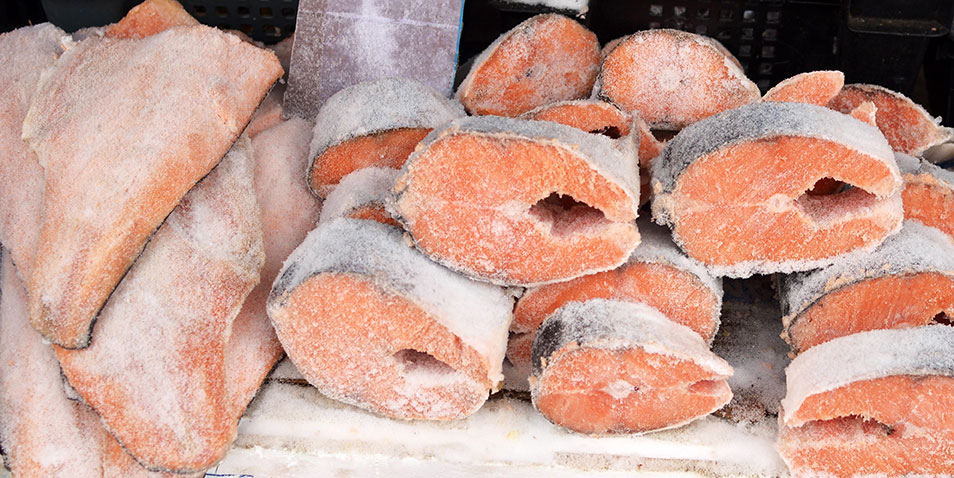
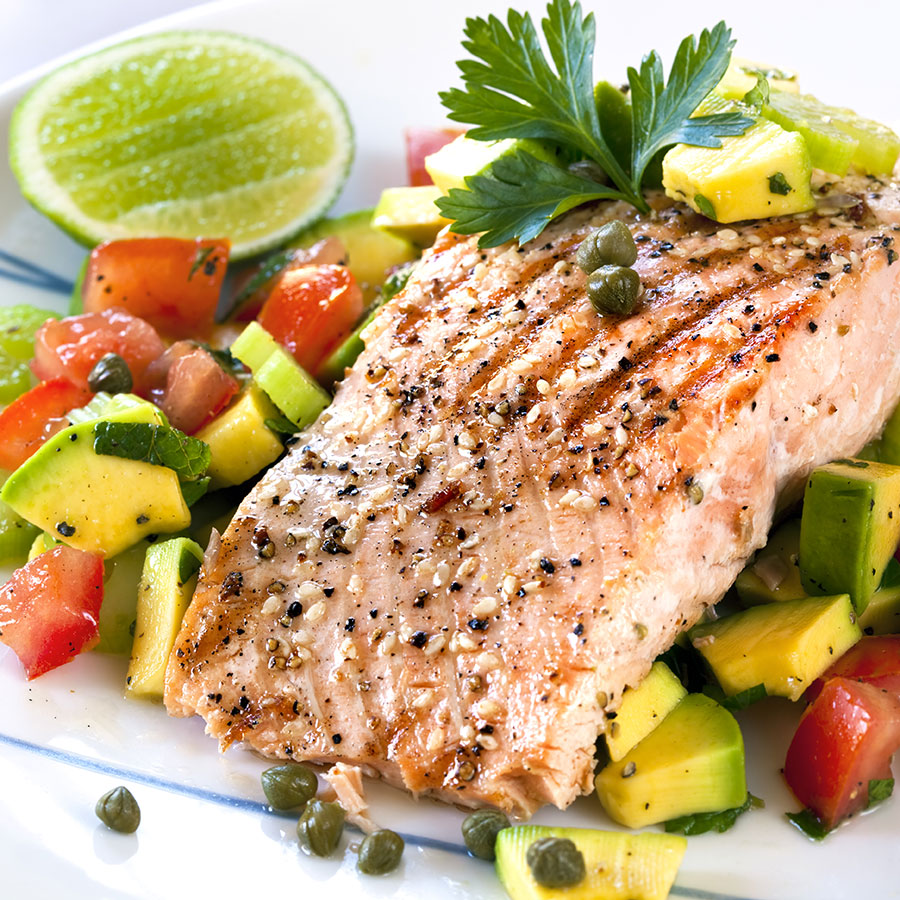
“Flash freezing seafood is like pressing pause on mother nature. The freshness is sealed in until you are ready to use it.”
Chef Philman George, Corporate Chef, High Liner Foodservice
Run a tight ship using frozen seafood
The shot across the bow that foodservice businesses received this last year and a half has only reiterated the importance of keeping a close watch on all the nickels and dimes that can make or break an operation. Utilizing frozen seafood on menus just makes sense (and cents). Chef Phil breaks it down:
- Availability – Frozen seafood gives the operator access to a larger variety of seafood that can be utilized all year-round.
- Portion Control – A foodservice operator can order specific sizes and cuts from a large variety of species. For example, 4oz Pacific Cod Loins, 6oz Pollock Fillets or 4oz Haddock Tails.
- Pricing – Ability to lock in pricing on specific species, cuts and sizes for an extended period helps an operator better determine profit margins and stay one step ahead of changing market conditions.
- Profits – Using value-added seafood allows an operator to go from freezer to cooking source to plate, a process which virtually eliminates waste and helps maximize profits.
- Quality – Seafood that has been flash frozen moments after harvest locks in the freshness by preserving the natural appearance, texture and flavour of the seafood.
- Sustainability – Gone are the days where we can brag about seafood being flown/air freighted into a restaurant from overseas. Preserved seafood travels through the supply chain using methods that are far more efficient and favourable to our environment when compared to air freight.
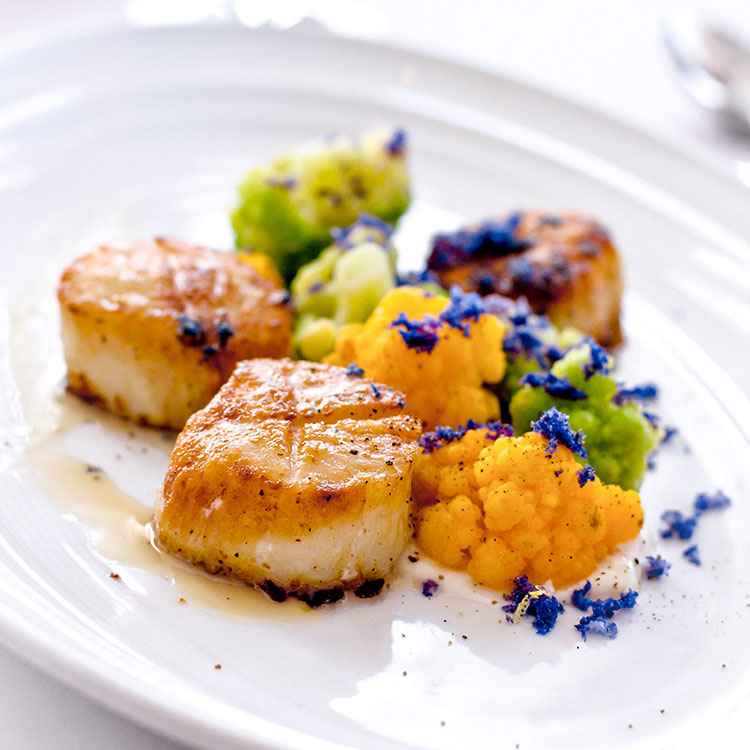
Always on board
Delicious is always trending and frozen seafood is always in season, it’s a match made by the sea.
High Liner Foodservice, says Chef Phil, continues to add trend-worthy options to the product portfolio. “Our new Wild Alaska Fish Fries make it easy for the operator to add seafood to menus and take advantage of snacking and handheld trends. They come in two versatile, on-trend flavours, Salt & Pepper and Dill Pickle.”
Canadians request and expect healthy options, and frozen seafood definitely can help foodservice operators deliver. These ingredients also help busy foodservice kitchens by reducing labour needs, increasing consistency, providing versatility and saving time and money. It’s quite simple: choosing frozen seafood means clear sailing.
Seafood Recipes
Check out some seafood appetizer recipes by High Liner Foodservice:
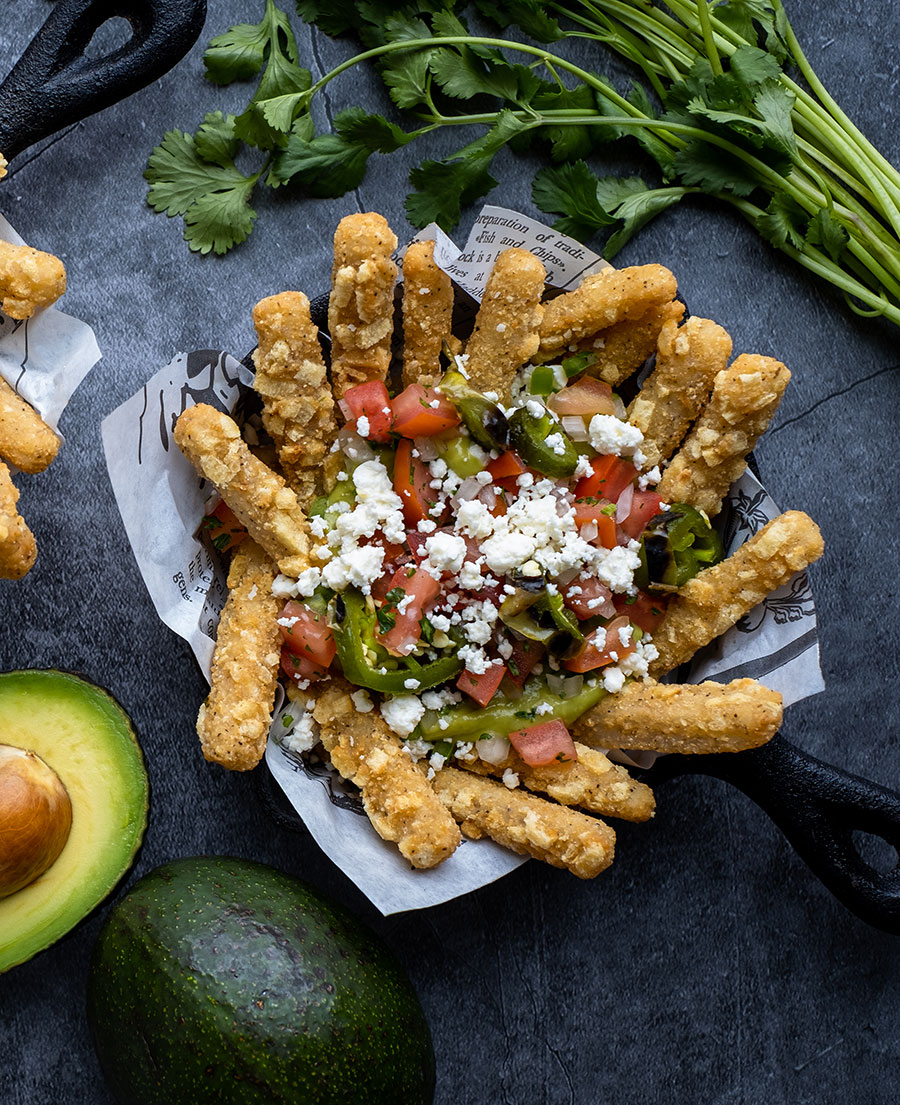
Baja Style Loaded Fish Fries
Ingredients:
- 1 portion Alaska Wild Fish Fries
- 2 tbsp guacamole
- 2 tbsp pico de gallo
- 1 tbsp crumbled Mexican cheese
- 3 slices charred jalapeno (garnish)
Method:
- Cook Alaska wild fish fries according to box directions
- Strategically place the remaining ingredients on top of the fries and serve
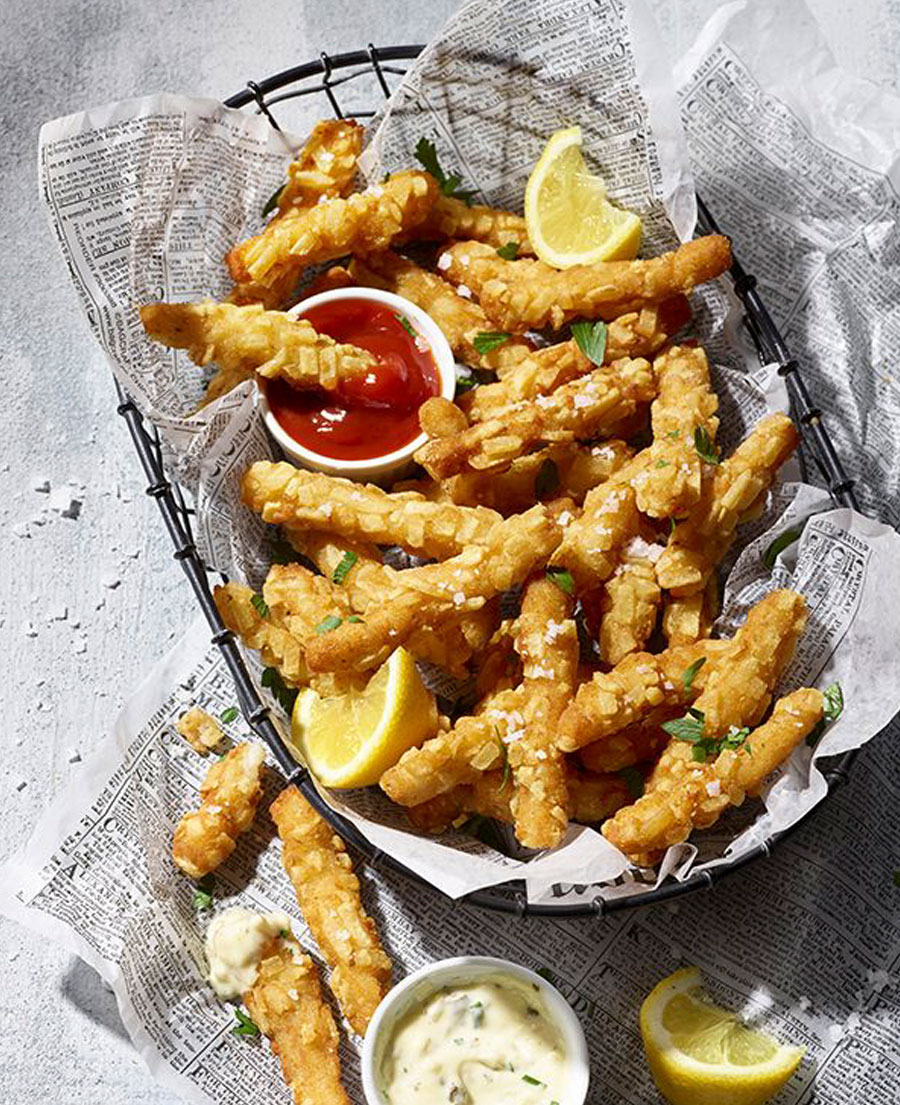
Global Dippers
Ingredients:
- 12 portions Alaska Wild Fish Fries
- 2 cups mayonnaise
- 1 tbsp east Indian curry powder
- 1 tbsp lemon juice
- 1 cup ketchup
- 2 tsp chipotle, ground
- 2 tbsp lime juice
- 1 tbsp wasabi powder
- 1 tbsp rice vinegar
- 1 tsp fish sauce
Method:
- Cook Alaska wild fish fries as per box directions
- For curry citrus mayo – Combine curry with lemon juice, add to 1 cup mayo and whisk until incorporated
- For chipotle lime ketchup – combine chipotle with lime juice, add to ketchup and whisk until incorporated
- For wasabi aioli – Combine wasabi powder with rice vinegar, and fish sauce, add to remaining 1 cup of mayo and whisk until incorporated
- Serve each portion of fries with all three sauces

